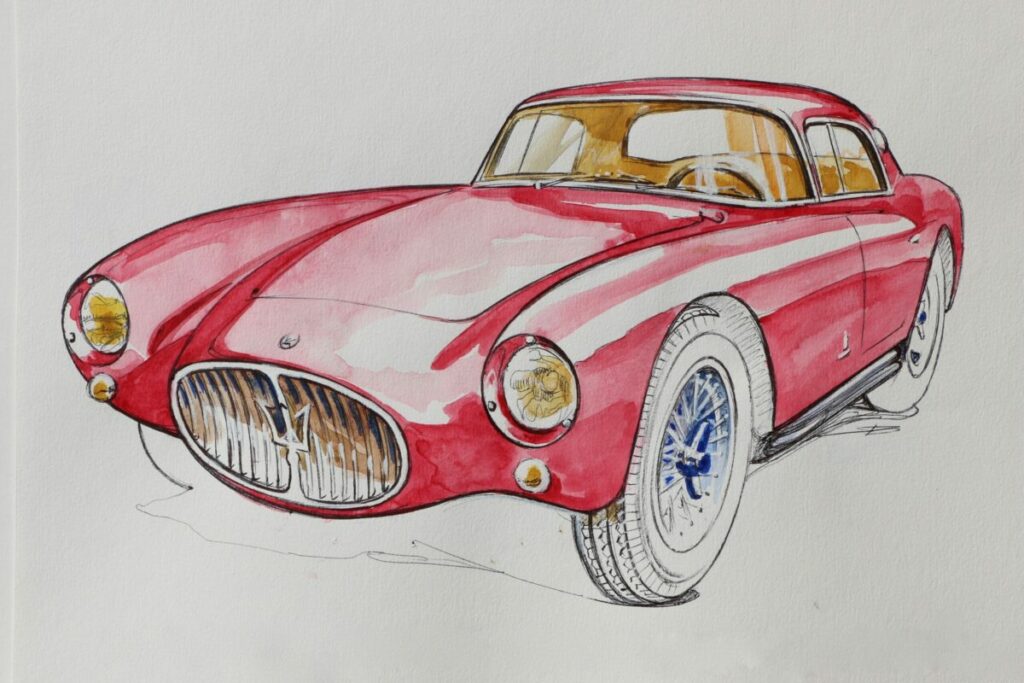
After WW2, Maserati introduced a new race car based on the prewar 6CM model, named A6 after Alfieri, one of the Maserati brothers, and its Straight-6 engine layout. In 1947 a 2-seater version with a 2-Liter engine was developed called GCS which stands for Ghisa (the Italian for cast iron, referring to its cylinder block), Corsa & Sport. Later a new version of the GCS was developed to take part in the 1st FIA World Sportscar Championship series going to start in 1953, which was bodied as a Spyder designed by Fantuzzi and Fiandri and coded with its birth date: A6-GCS/53.
The 1953 Mille Miglia was disturbed with heavy rain, so a hardtop coachwork wouldn’t be a bad idea. Pininfarina was asked for a Berlinetta body but there was a problem: Pininfarina had just signed a contract with Ferrari and was assigned as the main coachbuilder of the company, which forbade them to have any official contract with other companies. So Guglielmo Dei, a Maserati dealer in Rome acquired 6 chassis and sent 4 of them to Pininfarina as a private commissioner. The beautiful Berlinetta coachwork was designed by Aldo Brovarone and the 1st example was completed in late 1953.
Chassis 2056
The 1st Maserati A6 GCS Berlinetta, on chassis no.2056, was crashed in 1954 during the Giro di Sicilia race by Count Paolo Gravina di Catania and the co-driver was killed. It was sent back to Maserati to be repaired but got abandoned until 1991 when it was sent to Carrozzeria Campana to be restored, and was sold afterwards to Umberto Panini in 1996.
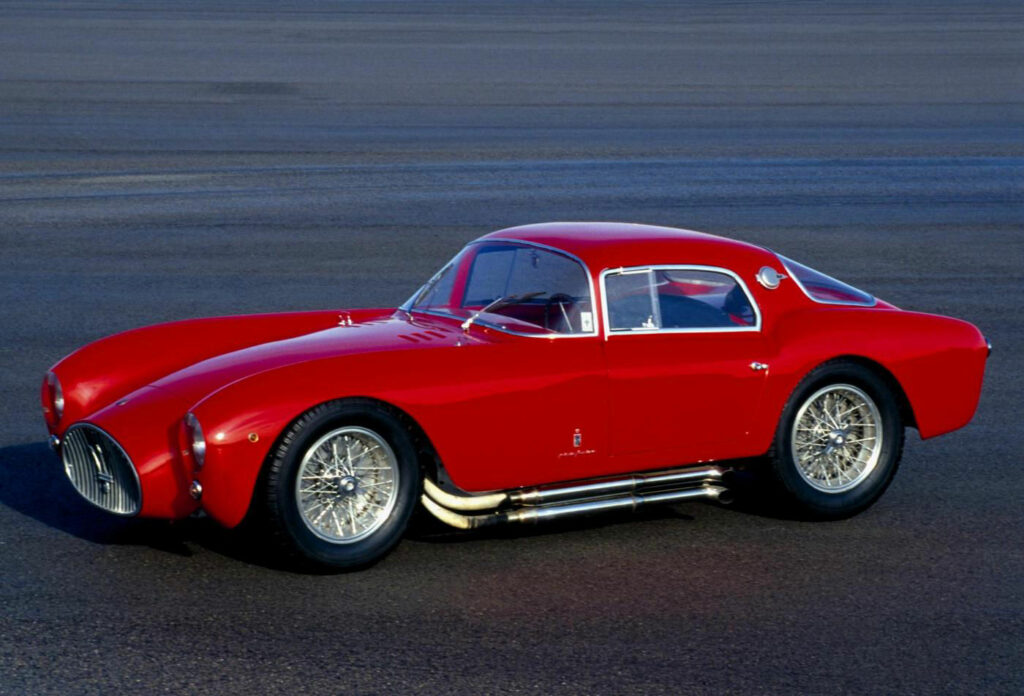
Chassis 2057
The 2nd Maserati A6 GCS, no.2057, was displayed at the 1954 Turin Motor Show which also won the Concorso Internazionale di Eleganza title in Rome. It featured a 2-piece windshield, a light blue low roof and a dark blue body color. Because of the less interest in hardtop race cars, excessive noise & heat inside and in order to reduce the weight, the car was later rebodied as a Fantuzzi Spyder for the Scuderia Centro-Sud team and the chassis renumbered to 2086. Its original body was purchased by Corrado Cupellini, then by Franco Lombardi and mounted on another no.2070 chassis which was originally a spyder.
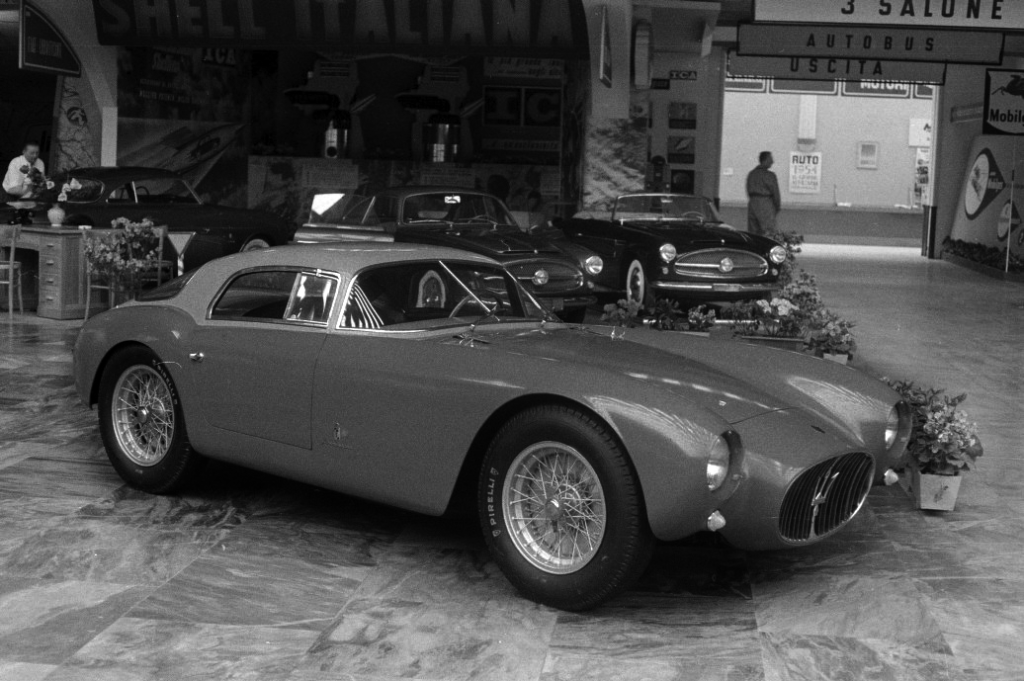
Chassis 2059
The 3rd Maserati A6 GCS with chassis no.2059, finished in red with white stripes and displayed at the 1954 Paris Motor Show was purchased by Count Alberto Magi Dilligenti and repainted white. Later it was painted in red, delivered to the U.S, sold to Stan Nowak and later to David Sydorick who displayed it at Pebble Beach in its original and restored condition in 1999 & 2000 respectively. This example is known as the most original Berlinetta.
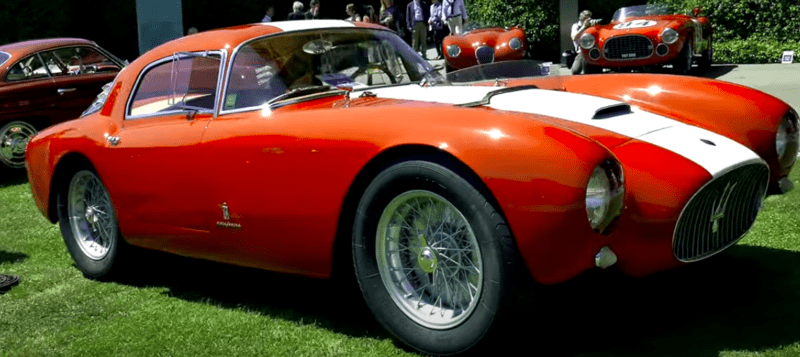
Chassis 2060
The last one, no.2060 painted red with a blue stripe, was purchased by the Centro-Sud team. The original body was changed with a Spyder and mounted on another chassis no.2089. Later in 1970, the car was purchased by Count Hubertus von Doenhoff who wanted its berlinetta body back. Unable to retrieve the original body, or the one initially belonging to no.2057, he had a new replica built by Church Green Engineering of England in a silver paint job. It was displayed at the 2010 Goodwood Festival of Speed and won the Best of Show title in the Cartier Style et Luxe.
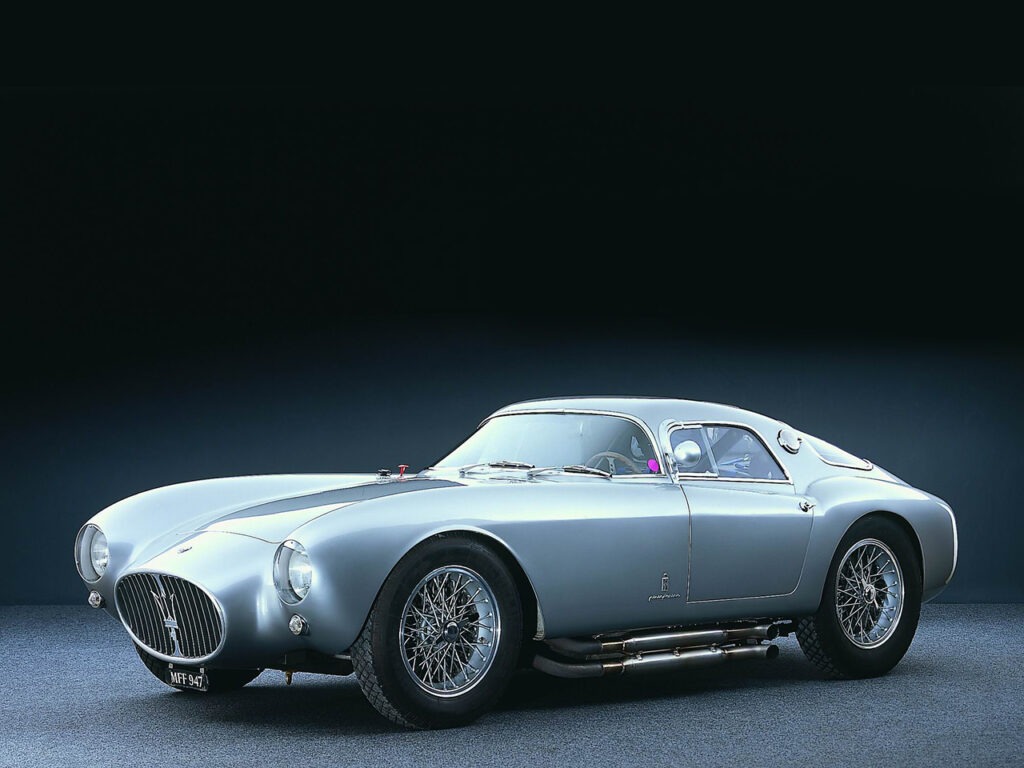
Tecnical specifications
Maserati A6 GCS had a naturally aspirated dry-sump straight-6 engine with DOHC 2Valves/Cyl layout, a bore/stroke of 76.5/72mm, a compression ratio of 8.75/1 and a total displacement of 1986cc. Using double Marelli ignition and being fed by 3 Weber 40DC03 Carburetors, it could produce 170hp of power at 7300rpm and 194Nm of torque at 5600rpm. The power was transmitted through a 4-Speed gearbox to the rear wheels which could propel the car to a top speed of about 235km/h. The car featured a race ladder type chassis with a wheelbase of 2310mm built by Gilco, a tubular frame and an amazingly lightweight construction, since the race CGS/53 weighed 740kg and the berlinetta around 100kg more. Its suspension was Double Wishbones with coil spring in the front, and rigid axle with radius arms and coil springs in the rear. It also used Drum brakes on all 4 wheels.
Rebuilts
Chassis 2070
Chassis 2070 Originally fitted with a Fantuzzi Spyder body, this A6GCS/53 was acquired new by Anna Maria Peduzzi. No contemporary competition history of this chassis is known. It was eventually acquired by Franco Lombardi, who at that time also owned the original Pininfarina Berlinetta body from chassis 2057. It was this body that Count Hubertus von Doenhoff tried to acquire for many years for his chassis 2060. In 1997, Lombardi commissioned Giardanego from Italy to rebuild chassis 2070 with the striking low-roof Pininfarina body from 2057. Finished in the original two-tone blue livery, it was shown at the 2010 Goodwood Festival of Speed where it won Best of Show in the Cartier Style & Luxe concours d’elegance.
Chassis 2089
Chassis 2089 Acquired new by Francesco Giardini in 1955, this A6GCS/53 was fitted with a ‘standard’ barchetta body like most of its sister cars. He raced the car with considerable success, winning his class at the Mille Miglia and Targa Florio in 1955. He eventually crashed the car and decided to rebuilt the car with the Pinin Farina Berlinetta body from chassis 2060, which he had acquired from Scuderia Centro Sud. Following a brief spell in the United States, it was shown for many years in the fabulous Rosso Bianco Museum near Frankfurt. The current owner acquired the Pinin Farina Berlinetta around the turn of the century and brought it to the 2005 Pebble Beach Concours d’Elegance where Pininfarina’s 75th anniversary was celebrated.

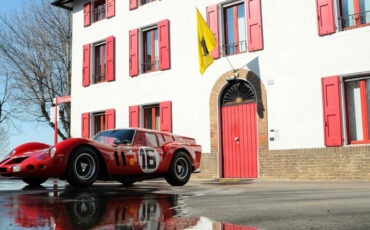
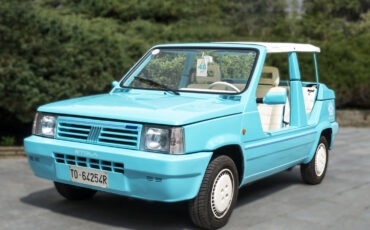
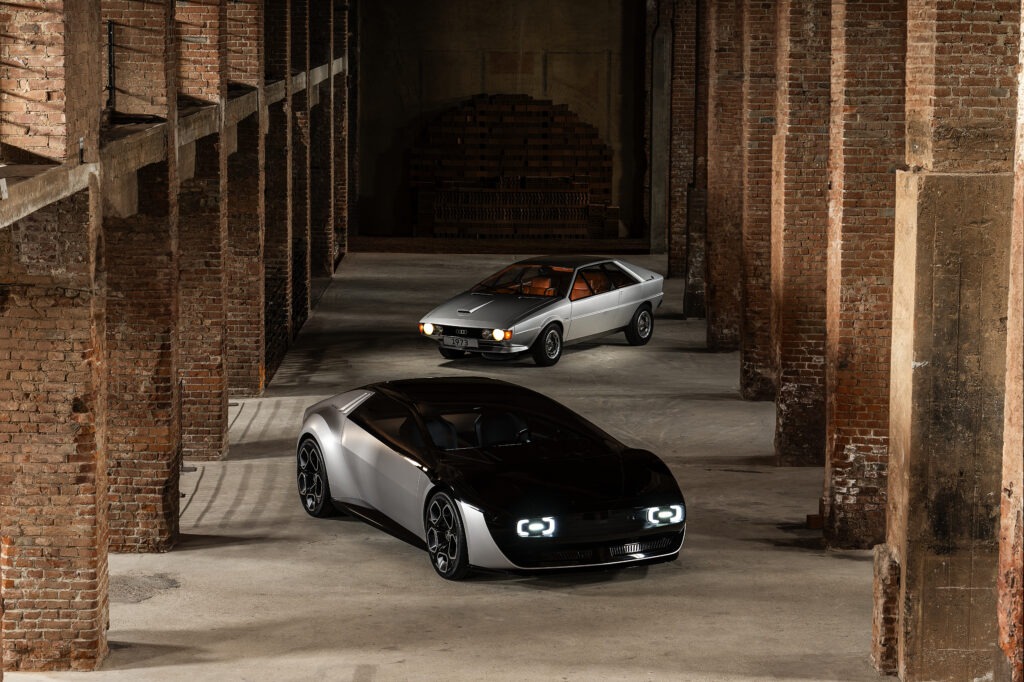
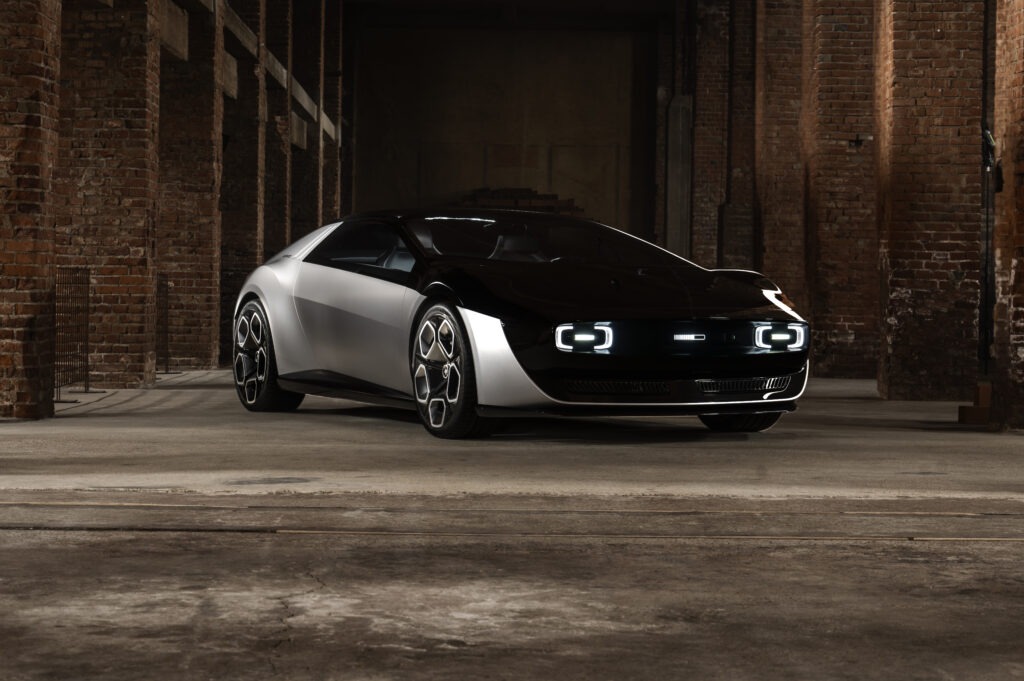
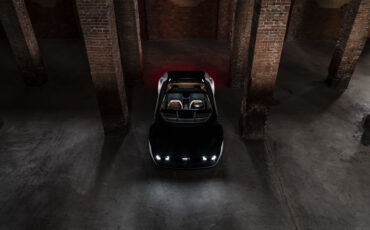
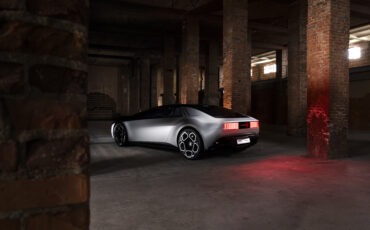
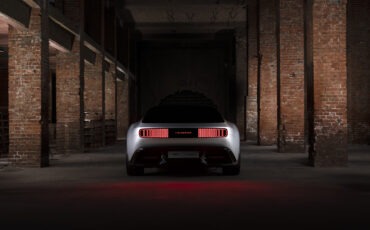
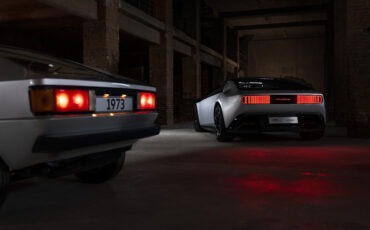
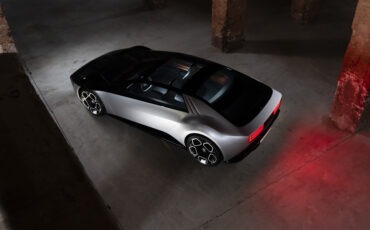
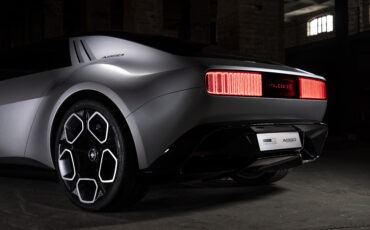
una delle vetture più belle di sempre. Brovarone ha disegnato forse i modelli più simbolici di Pininfarina. RIP
Opera d’arte!